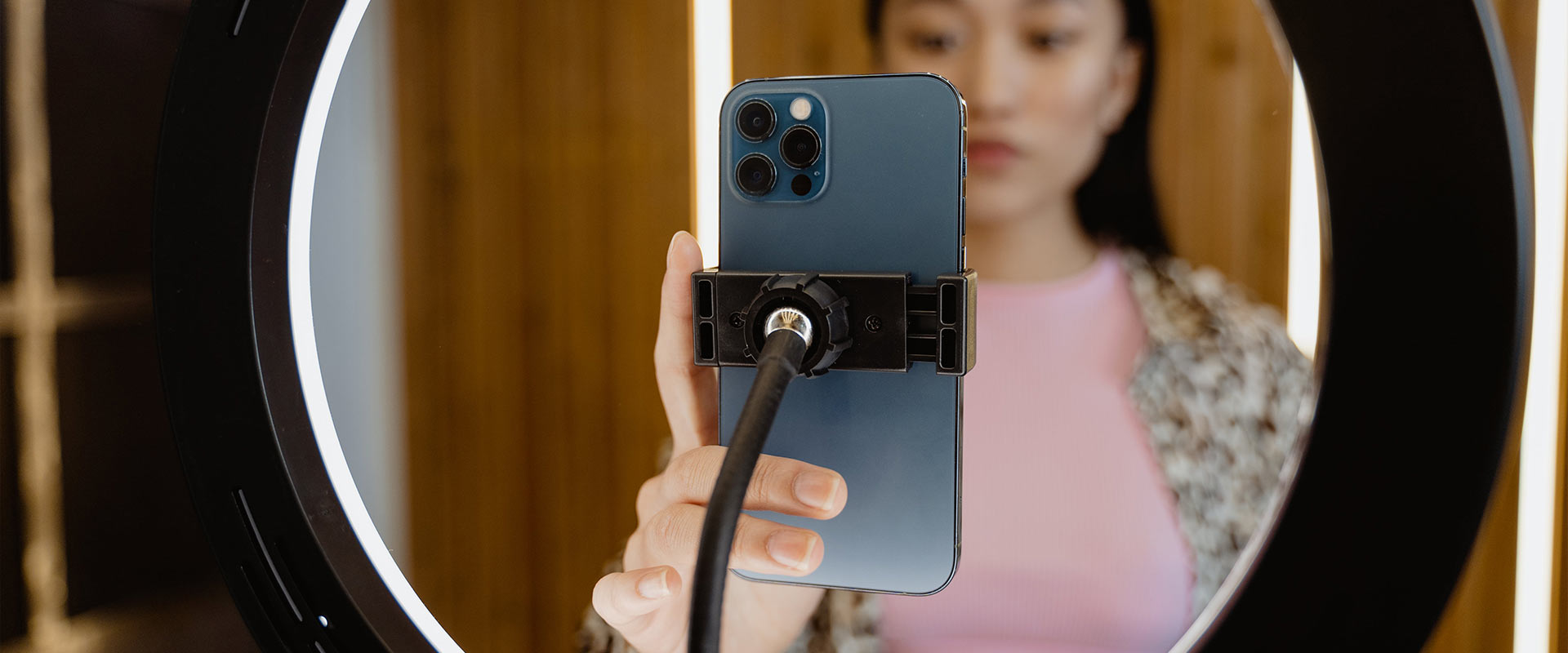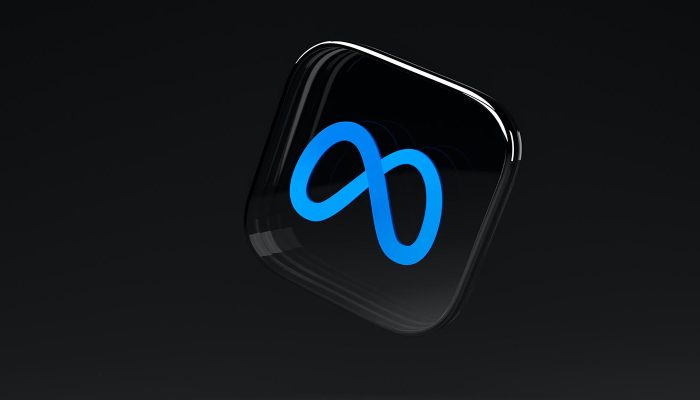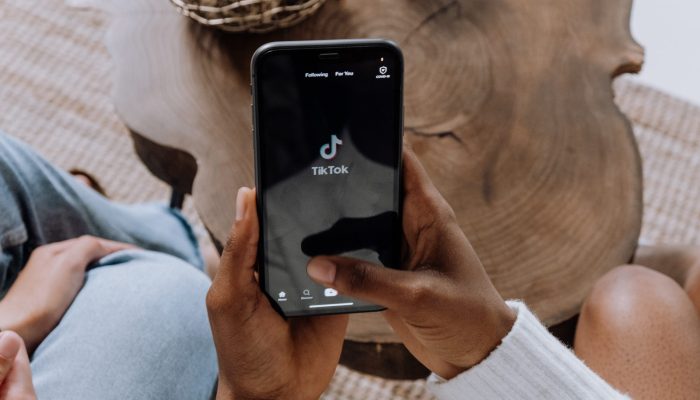We’ve all heard of the app that has taken the internet by storm: mainly due to its powerful algorithm but also due to the Gen Z’s affinity for it. If you don’t know what app I’m referring to, how’s life living under a rock?
TikTok has been making waves slowly but surely since the beginning of the pandemic. What started as videos of “on-trend” dances slowly developed into a diverse and powerful search engine-like platform that provides value to its users in various ways, whether that’s for entertainment or education. And that value extends to shopping as well, since the platform has become a huge source of inspiration for shoppers – in fact, more than 70% of TikTok users say the platform inspires them to shop, even when they weren’t planning to purchase. This is largely due to trends and hashtags such as #TikTokMademebuyit, #Booktok and #Cleaningtok, a few of which amassed billions of views.
What is de-influencing?
Some refer to it as “the TikTok trend that will save your wallet” while others refer to the trend as simply “life changing”. As the term suggests it is something contrary to what we understand as influencing. Instead of influencers promoting products and with “how much they love using it everyday” type videos, de-influencing is the opposite: giving a review on a product and detailing the reasons why consumers shouldn’t buy it.
What started off as a few videos of this trend in January slowly developed into a fully-fledged movement with products under the hashtag for nearly every niche. Those include gaming, skincare products, make up and the wedding industry to name a few. By May 15th 2023, the hashtag #deinfluencing had racked up over 605 million views.
De-influencing & the cost-of-living crisis
One of the main reasons why de-influencing is on the rise now is its timely correlation with the cost-of-living crisis. During times of economic uncertainty, consumer habits inevitably change: consumers are shifting into saving mode and for many that means relying on de-influencing to help them resist buying unnecessary products.

More recently however, what started off as “don’t buy this product” slowly morphed into “don’t buy that product, buy this instead” bringing a rise to authentic suggestions to alternatives of otherwise expensive products. This way de-influencing has also been adding value to TikTok’s users from a personal finance point of view.
De-influencing & brand authenticity
Authenticity comes to the forefront of this movement as online audiences are looking for trustworthy sources now more than ever. Ultimately, the power of influencer marketing lies in how much the audience trusts the creators they follow and the brands they promote. For some, the act of “de-influencing” can be seen as a strategy to build trust with an audience before influencing another purchase down the line.
This also comes at a time when users on the platform are looking for real content they can relate to and trust. 84% of young consumers agreed that they like it when a brand is not perfect and 79% of young consumers agreed that they’re tired of seeing perfect / polished images in advertising. This also explains why TikTok has enabled the rise of lo-fi content, at a time when online audiences are suffering from what is known as perfection fatigue.
“Culture is driven by people, and that culture has its own language – relatable, unpolished and above all, human.” – META
Furthermore as stated in the Slowdown Lowdown report from GWI, “Honesty is the best pricing policy”, supporting that good reputation and reviews also influence purchases, showing the power of trust and reliability especially in uncertain times.
So is de-influencing bad news for industries relying on influencer marketing?
Not necessarily. The endless scrutiny of social media and content creators by online audiences has been present since day 1. The rise of de-influencing just further reinstates the importance of brands maintaining authenticity and a true narrative behind their activity, rather than relying branding strategies with questionable ethics. That is after all how they become future-proof against times of economic uncertainty while also adding value to their online audiences.






